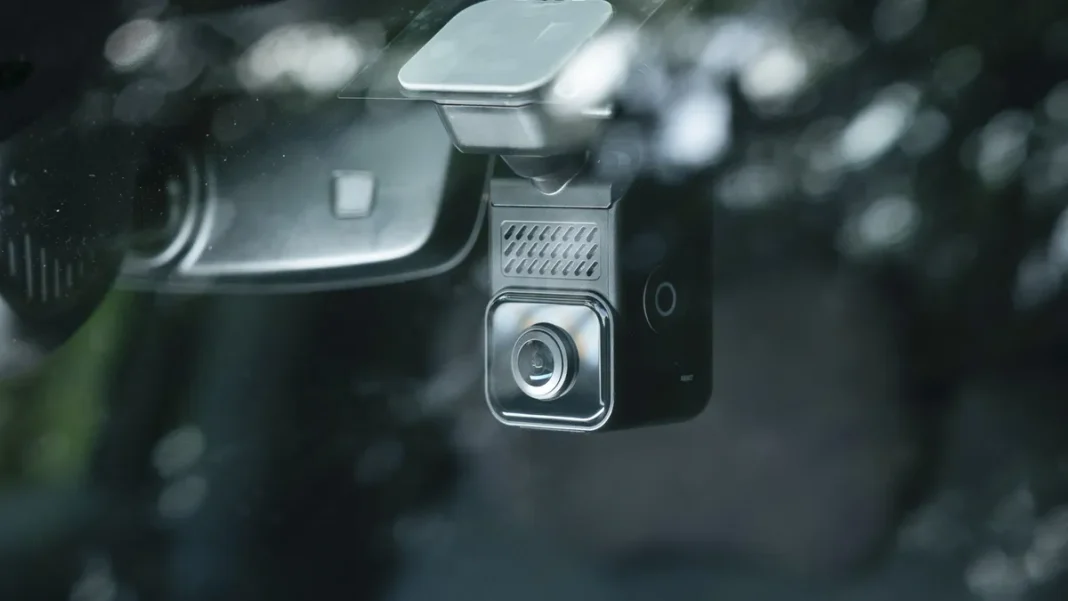High temperatures are one of the biggest threats to dash cam performance. According to TechRadar, prolonged heat exposure can cause dash cams to shut down unexpectedly, corrupt video files, or even suffer long-term internal damage. These devices play a critical role in recording road incidents, helping resolve insurance claims, and protecting against false accusations. But once they overheat, they may fail in your moment of need.
If your dash cam has ever felt hotter than your car’s engine on a sunny day, here’s how to protect it with five smart, research-backed solutions for hot weather reliability.
Why dash cams overheat in hot conditions
Most dash cams are engineered to function between -10°C and 60°C (14°F to 140°F). But inside a parked car, temperatures can easily soar past 70°C (158°F) especially if parked under the sun. This intense heat can damage sensitive electronic components or lead to temporary shutdowns.
According to RedTiger, overheating is often caused by a combination of direct sunlight, high-resolution video recording (such as 4K), poor ventilation inside the vehicle, low-quality SD cards that force the cam’s processor to work harder, and extended use in parking mode. Power instability and cheap charging accessories can also contribute to overheating or even damage the internal battery.
Keep it shaded and protected
Parking in the shade or using reflective windshield sunshades helps reduce cabin temperature by up to 30%. Even mounting your dash cam higher on the windshield behind the rearview mirror, can reduce exposure to sunlight and heat. Every degree matters when it comes to preserving your device.
Switch to supercapacitor dash cams
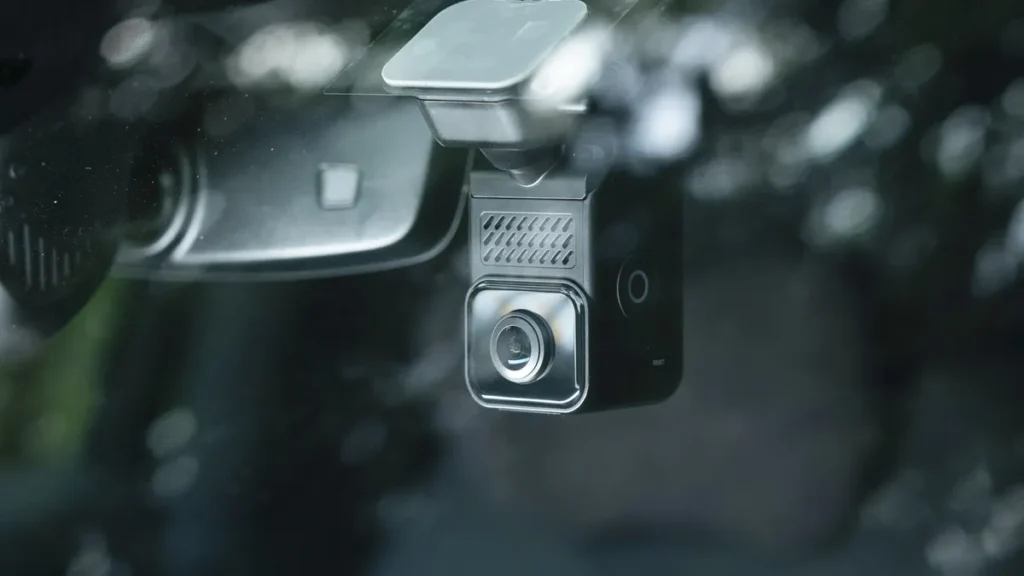
Lithium-ion batteries are standard in many budget-friendly dash cams, but they’re not built for extreme heat. Supercapacitors, on the other hand, are far more durable and heat-resistant. They provide the quick bursts of energy needed to save recordings during power loss and are less prone to swelling or failure. As noted by Dashcam Home, they are a smart investment for long-term reliability.
Reduce recording resolution and bitrate
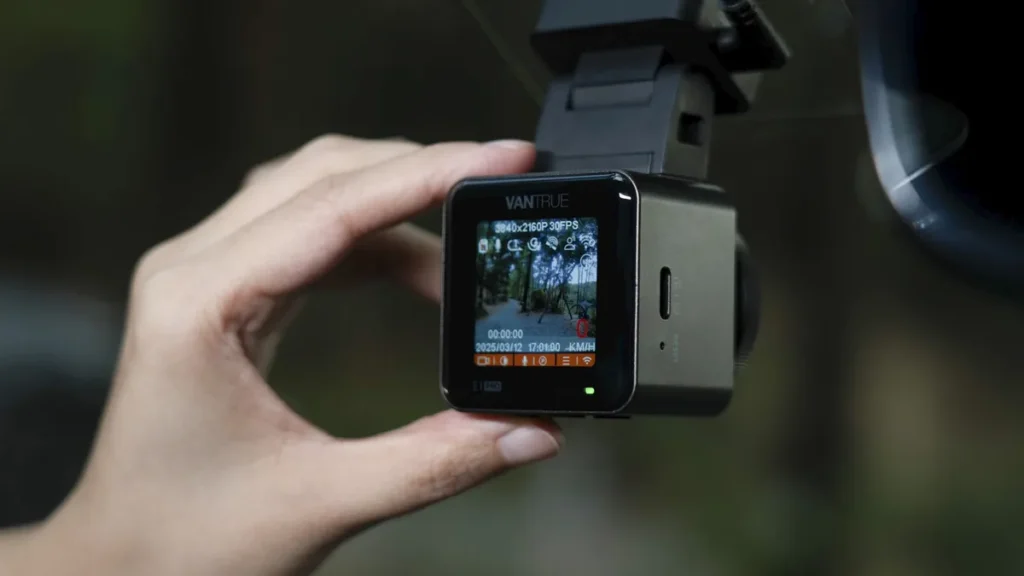
Recording at 4K may look stunning, but it requires more processing power and generates more internal heat. Lowering the resolution to 1080p or 1440p can reduce power use by up to 40% while still capturing clear, detailed footage. Unless you’re filming a movie, Full HD will more than meet your road safety needs.
Use durable, heat-rated SD cards
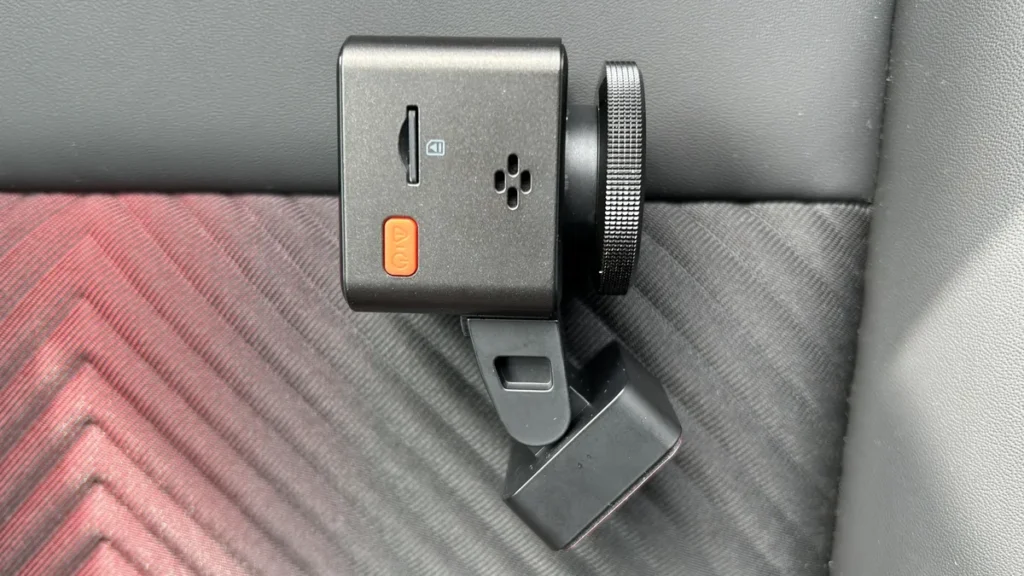
The wrong memory card can quietly sabotage your dash cam. Low-end cards wear out quickly under constant video loop recording, causing read/write errors and contributing to overheating. Opt for high-endurance SD cards rated as Class 10 or U3 from trusted brands like SanDisk or Samsung. And reformatting your card once a month, as TechRadar recommends, can also reduce system strain.
Improve ventilation with accessories
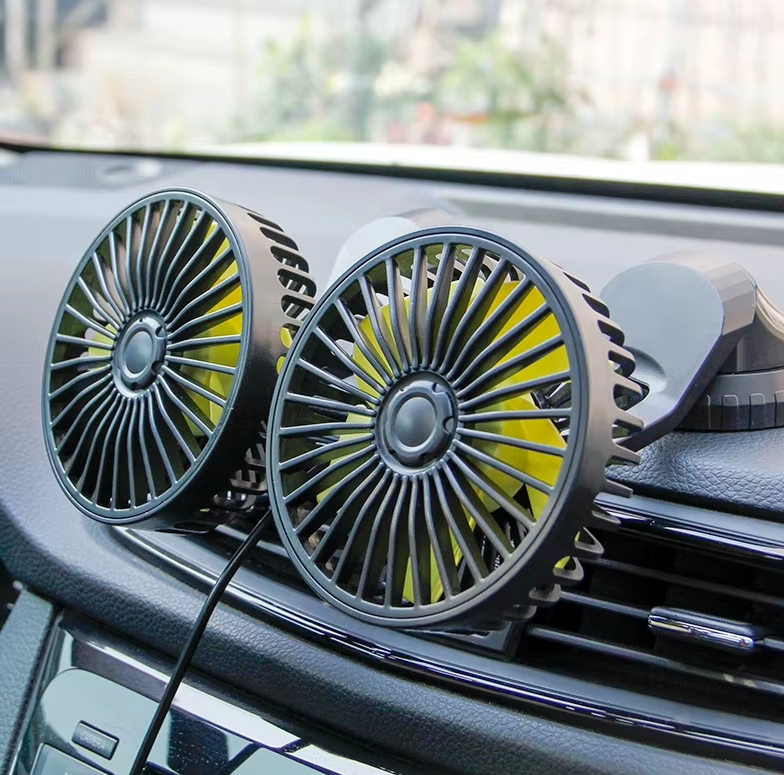
Simple accessories can significantly lower operating temperatures. Consider vented mounts, passive heat sinks, or even USB-powered mini fans aimed at your dash cam. Turning off the LCD display after a few minutes of driving (screen saver mode) also helps by cutting down on unnecessary heat from the screen. Tests from RedTiger showed that ventilation can reduce internal cam temperatures by up to 20%.
Top heat-resistant dash cams and accessories to consider
To make it easier, here are some of the most heat-resistant dash cams on the market. The Rove R3 excels in extreme heat and includes GPS tracking and a responsive touchscreen. The Thinkware Q1000 is perfect for long parking sessions thanks to its heat-blocking film and high-quality sensors.
If you want triple-channel coverage, the Vantrue N4 offers wide temperature tolerance and excellent video clarity. And for budget-conscious buyers, the Kingslim D4 delivers 4K front recording and heat endurance without draining your wallet.
Pairing these with heat-resistant accessories like thermal pads, reflective sunshades, and sturdy mounts can protect both your gear and your peace of mind. When the temperature climbs, preparation is the difference between a working witness and a silent screen.
Whether you are navigating crowded city streets or setting out on a long highway drive, your dash cam is one of the most valuable tools in your vehicle. But it’s only as dependable as its ability to endure the heat. With just a few strategic adjustments and smart buying choices, you can keep it cool, functional, and always ready to record when you need it most.



